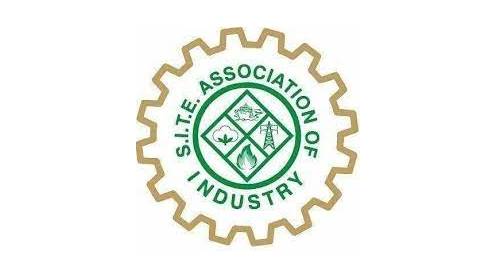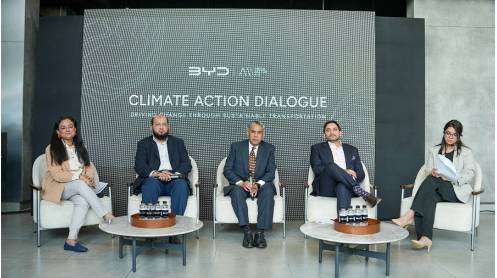The Economic Survey for FY2025 reflects a tale of two economies — one signaling cautious optimism and the other clouded by persistent structural weaknesses. Finance Minister Muhammad Aurangzeb’s upbeat tone during his recent press conference highlighted gains such as declining headline inflation, a projected current account surplus, a reduced fiscal deficit (from 7.13% to 5.5% of GDP), a lower debt-to-GDP ratio (down to 65%), a stable rupee, rising reserves, and increased remittances — all drawing praise from international lenders, including the IMF.
Yet, the undercurrents of economic fragility remain. Growth is sluggish, agriculture and large-scale industry are struggling, exports lack momentum, and the tax structure remains regressive. The salaried class and corporate sector continue to bear the brunt, while powerful, under-taxed segments remain largely untouched.
Aurangzeb admitted the economy needs “structural reform” to avoid another boom-bust cycle but many experts are skeptical, pointing to repeated past failures to deliver meaningful change due to political expediency.
Calls are growing louder to broaden the tax base, reduce the burden on compliant sectors, and reallocate funds toward development. Industry leaders stress the need for a predictable five-year industrial and export policy, and reforms to enhance competitiveness.
As the new budget looms, questions persist: Will this be a turning point or yet another missed opportunity?
Story by Nasir Jamal







